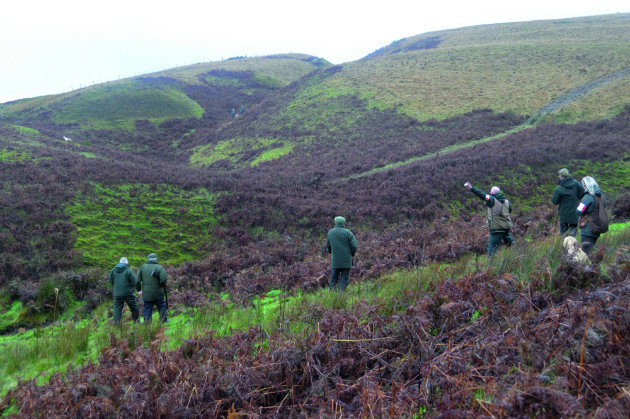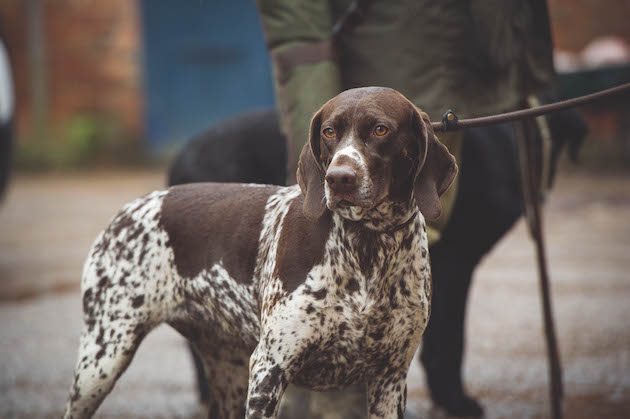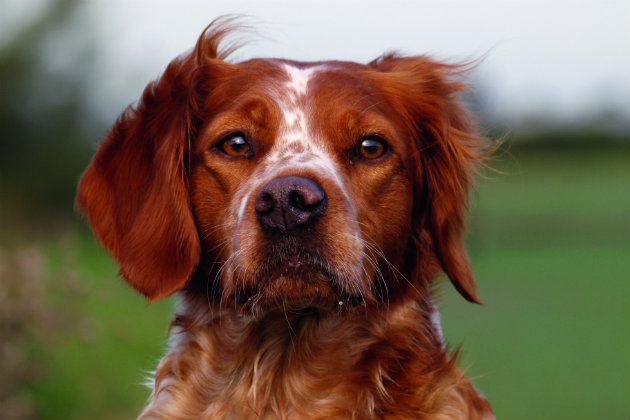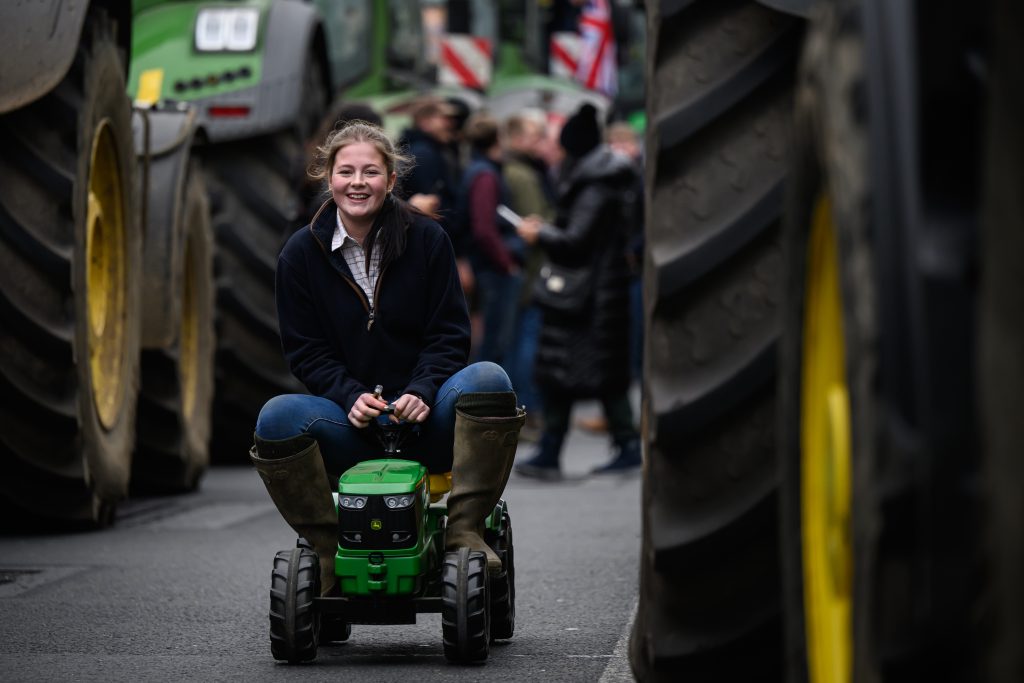Win CENS ProFlex DX5 earplugs worth £1,149 – enter here
All about the letters FTCh and what they mean

Most people who work gundogs are aware of the letters FTCh in front of a dogs name. They stand, of course, for field trial champion. With the most popular breeds, such as labradors, English springers and cockers, several are made up each year. With the less numerous or minority breeds, achieving the title is highly elusive, and few succeed.
German shorthaired pointers are the only HPR breed in which FTChs are regularly made up. Although a few years ago a German longhaired pointer and a Brittany gained the title. (Read Are field trials champions really the best?)

German Shorthaired Pointer
How a dog becomes a FTCh and a ShCh champion
A dog usually gains the title FTCh by winning two open stakes. To compete in an open, the dog first has to qualify. Qualification rules vary between the breed group, but winning a novice trial is a classic route. Any dog winning its respective championship also automatically becomes a FTCh, though many of the runners already have this title.
To become a show champion (ShCh), a dog has to win three challenge certificates (CCs). CCs are awarded to the best of sex at a championship show as long as the judge believes the dog to be of suitable quality to receive such an award. Numerically, far more gundogs become ShCh than FTCh.
A successful show gundog has a number of options to drop the Sh and become a full champion. The usual route is for the dog to gain its Show Gundog Working Certificate. I have heard many derogatory comments about this certificate, usually from triallers, but it is a proper test. A dog with no working ability will not gain a certificate. A surprising number of owners of show gundogs strive to make their dogs into full champions, something I believe should be encouraged. An award of at least a certificate of merit in a field trial will also gain a dog full champion status.
I have never heard of a dog becoming first a FTCh and then subsequently gaining its three CCs to become a full champion, but in theory such a feat is possible, but it’s not a likely route. A dog can become an International FTCh or Int.Ch by winning titles in more than one country, such as Ireland and the UK.

A Brittany
Rare dual champions
By far the rarest of the titles is dual champion, achieved only by dogs that are both a FTCh and a ShCh. The first Labrador dual champion was Lorna Countess Howes Banchory Bolo (1915-1927). Though sparingly used at stud, every litter he sired produced either a show or field trial champion. Bolo had white hair on the bottom of his paws, a trait he passed on to his offspring. They became known as Bolo pads. Some labradors today still have them, and can almost certainly trace their lineage back to Bolo. The last dual champion labrador in the UK was Knaith Banjo, born in 1946.
The last dual champion springer was a dog called Green Valley Punch in 1938, while perhaps, surprisingly, there’s never been a dual champion cocker. I doubt if anyone would disagree with American gundog writer Ken Roebuck, who said: “The odds of a dual champion springer ever being made up again (on either side of the Atlantic) are a million-to-one against, and that’s a conservative estimate. Working and show springers are so different in appearance and temperament that, in my opinion (and that of others), they could now, quite justifiably, be registered as different types.”
As for labradors, Joy Venturi Rose is a leading authority on the breed, and she doesn’t think that a dual champion could result from show lines alone. However, she does believe that it would perhaps be possible to produce a dual champion from a mix of show lines which have working ability and field trial lines which are good representatives of the breed standard. The real challenge is persuading breeders that the quest to produce a dual champion would be worthwhile.
However, unlikely dual champions have been produced in recent years. Perhaps the most surprising was a Gordon setter called Amscot Irresista Belle (owned by Mrs J Collins) who, in 2003, became the first setter of any breed to become a dual champion in the UK. The division between show and working Gordon setters is as pronounced as it is between show and working labradors, with the former much bigger and less athletic than the working lines, so Belle’s success was quite remarkable.
No less significant was the feat of Peter and Geraldine O?Driscoll’s pointer, Fowington Slezak. He became a show champion at the age of two, and gained his title of FTCh at the Pointer Club’s open stake in 1995, thus making him the first dual champion in the breed in the UK since 1922, a terrific achievement.
However, if you really want to make up a dual champion, then an HPR is your best bet.
This article was originally published in 2014 and has been updated.
Related Articles
Get the latest news delivered direct to your door
Subscribe to Shooting Times & Country
Discover the ultimate companion for field sports enthusiasts with Shooting Times & Country Magazine, the UK’s leading weekly publication that has been at the forefront of shooting culture since 1882. Subscribers gain access to expert tips, comprehensive gear reviews, seasonal advice and a vibrant community of like-minded shooters.
Save on shop price when you subscribe with weekly issues featuring in-depth articles on gundog training, exclusive member offers and access to the digital back issue library. A Shooting Times & Country subscription is more than a magazine, don’t just read about the countryside; immerse yourself in its most authoritative and engaging publication.







